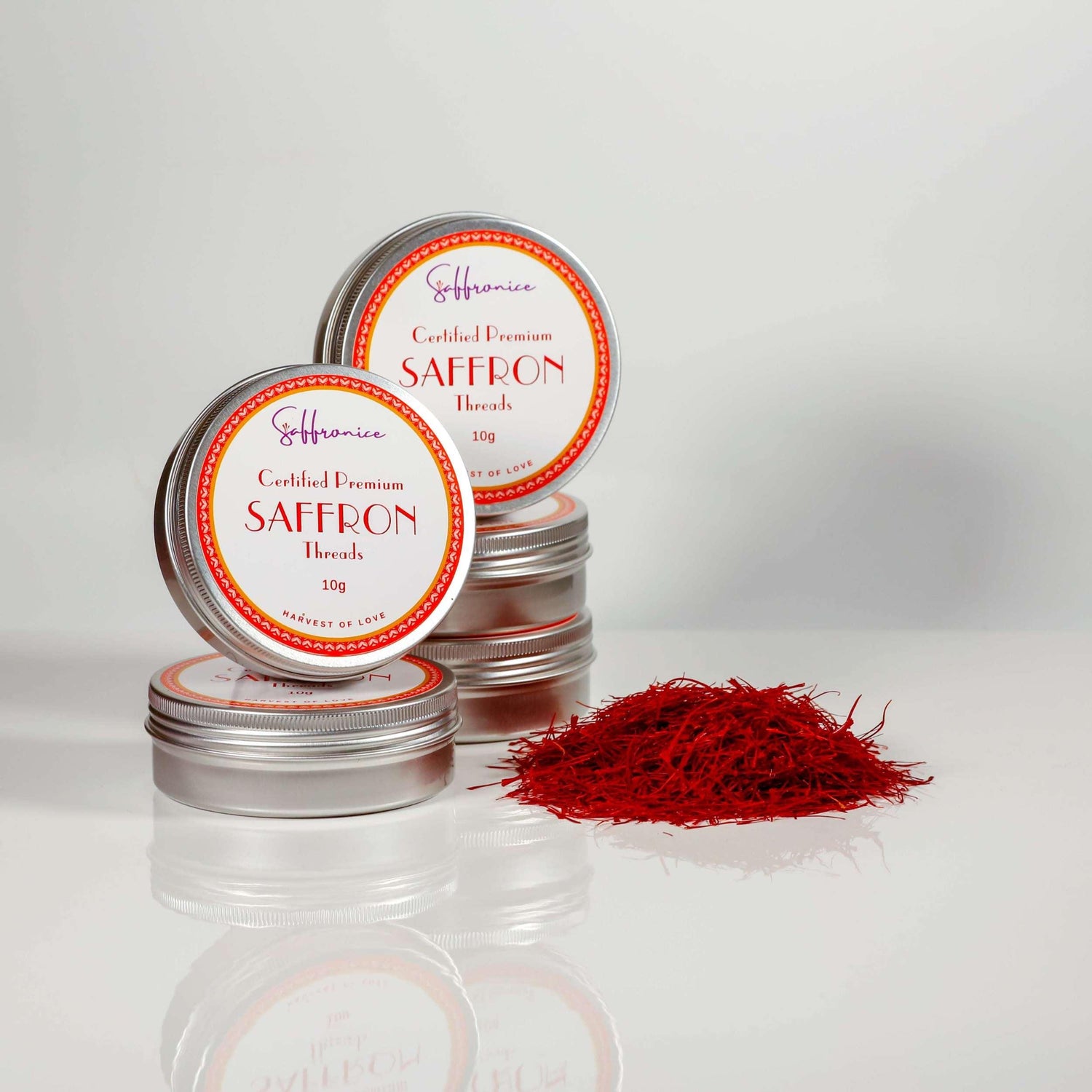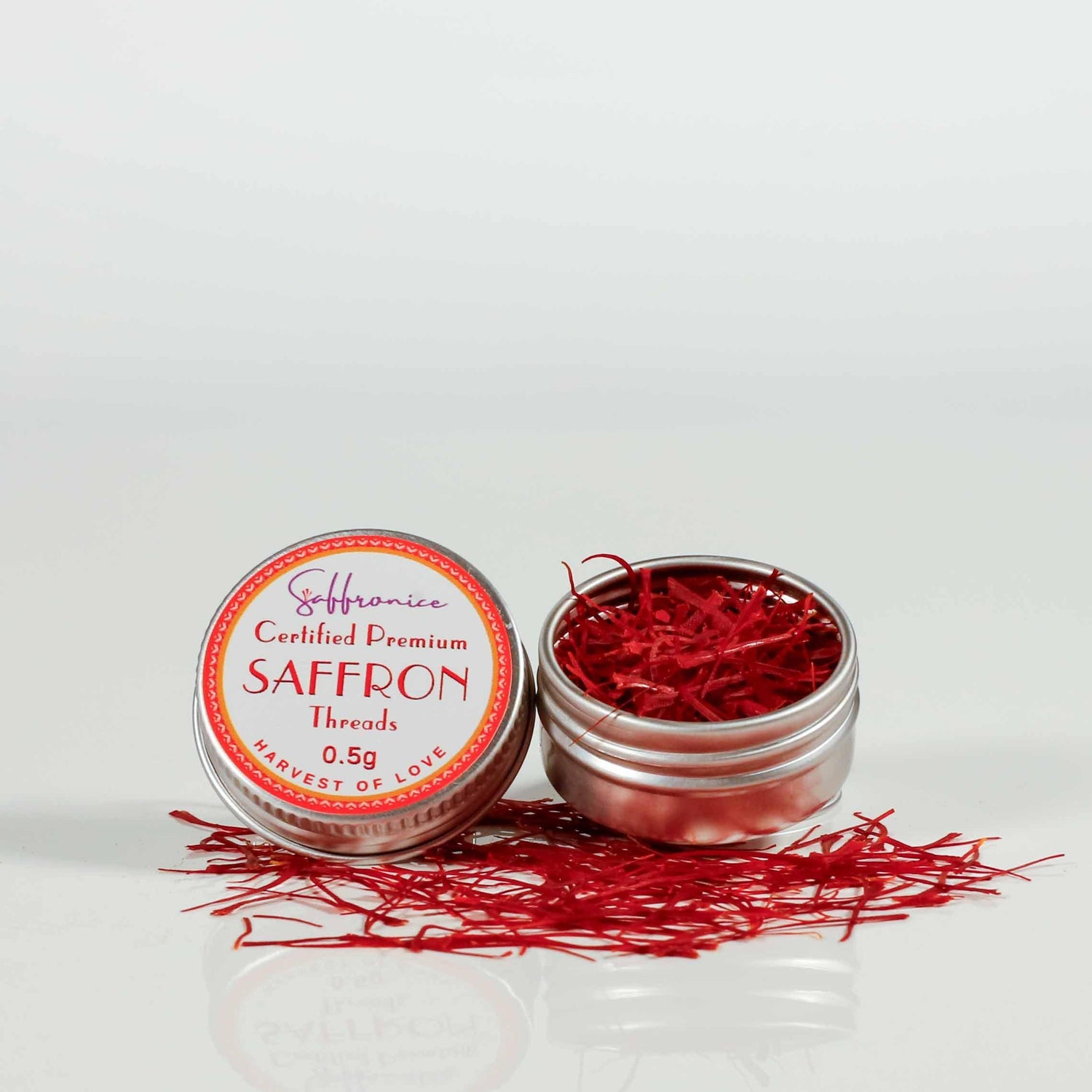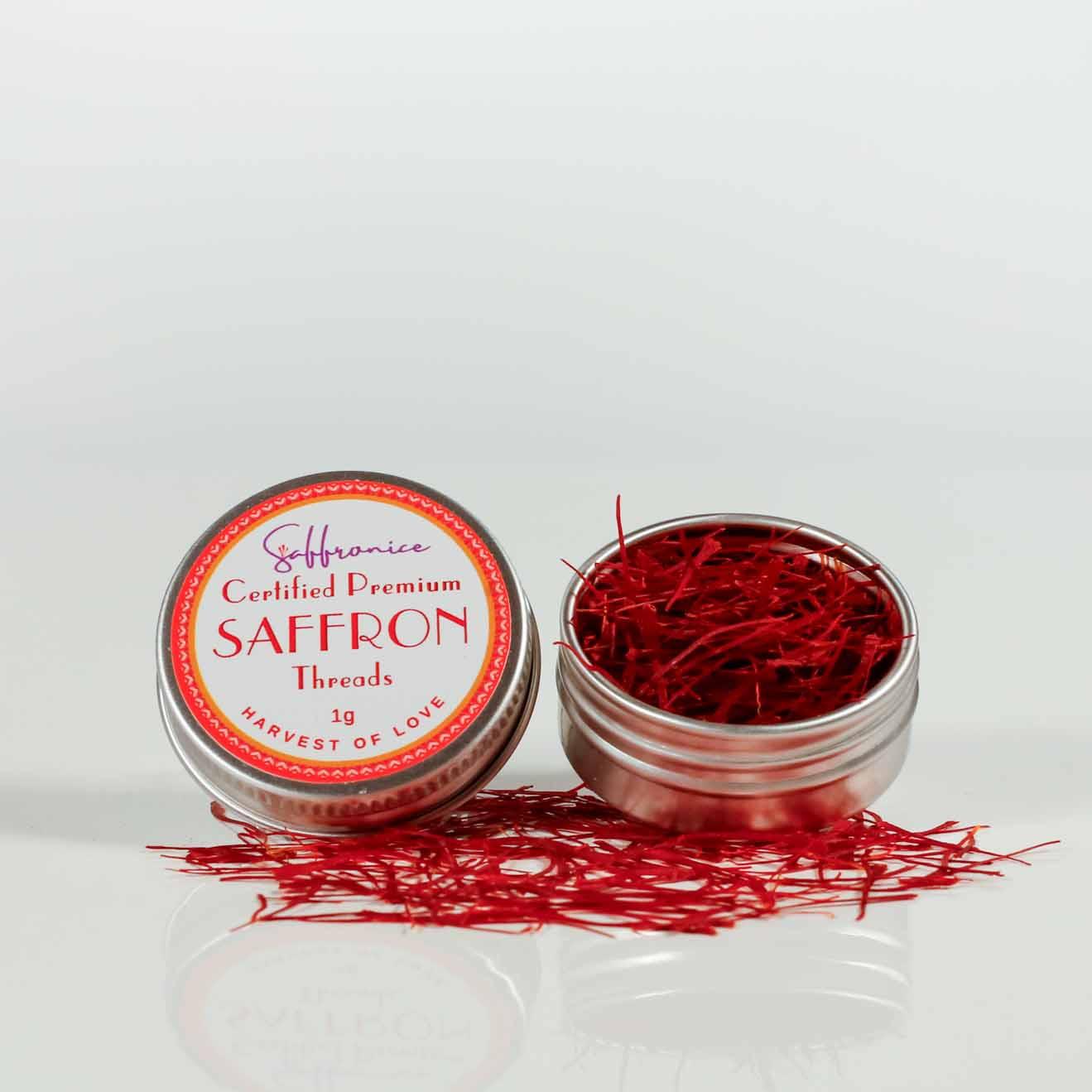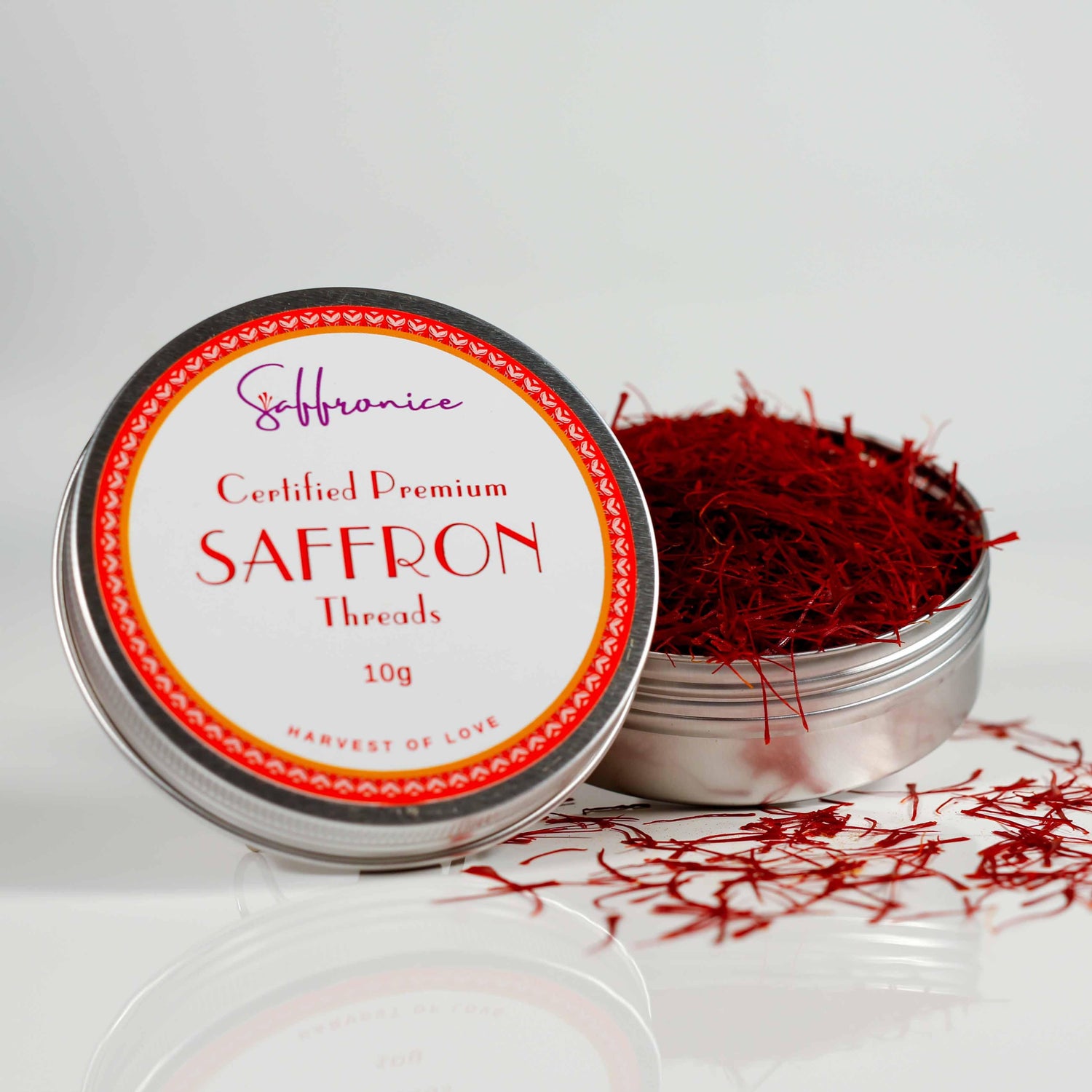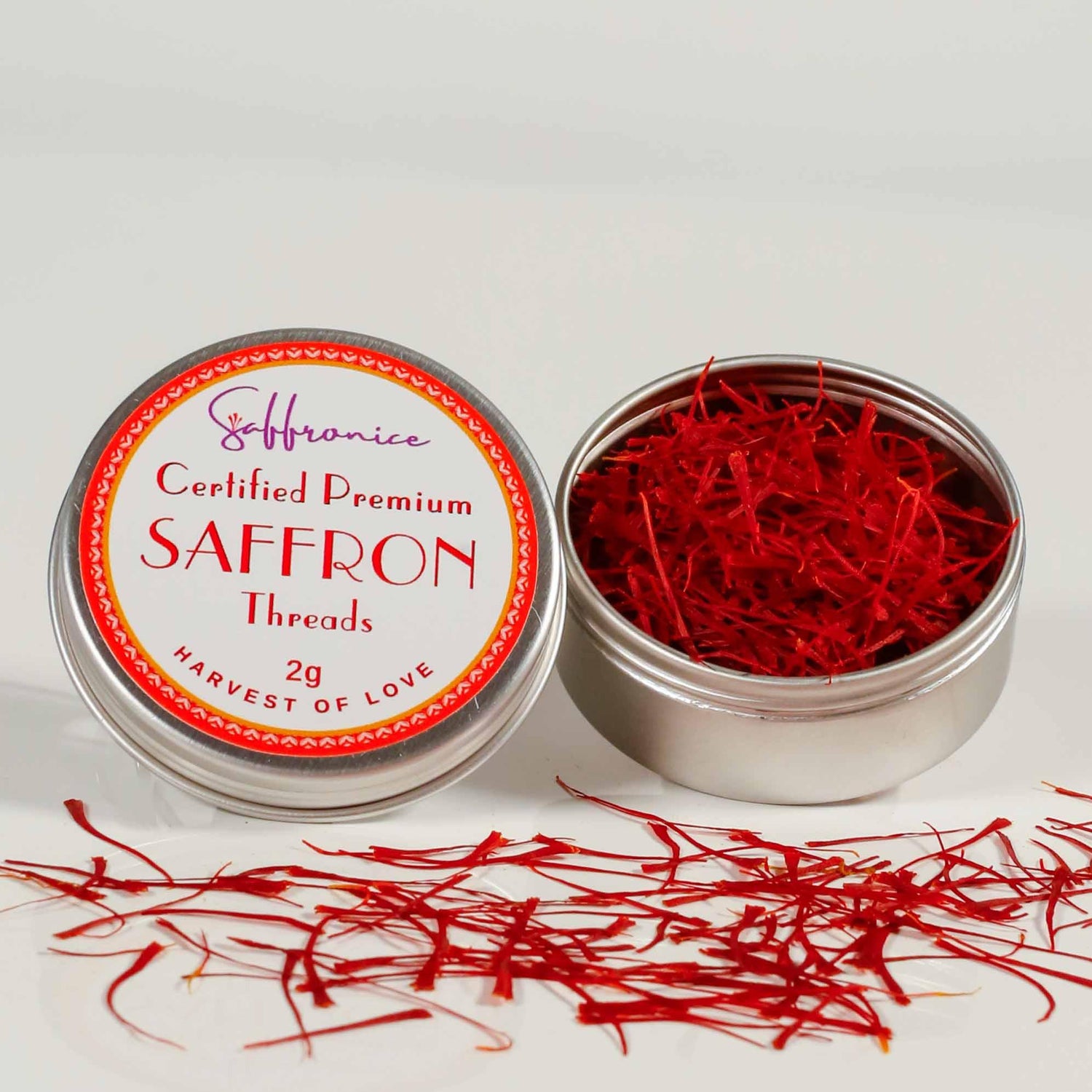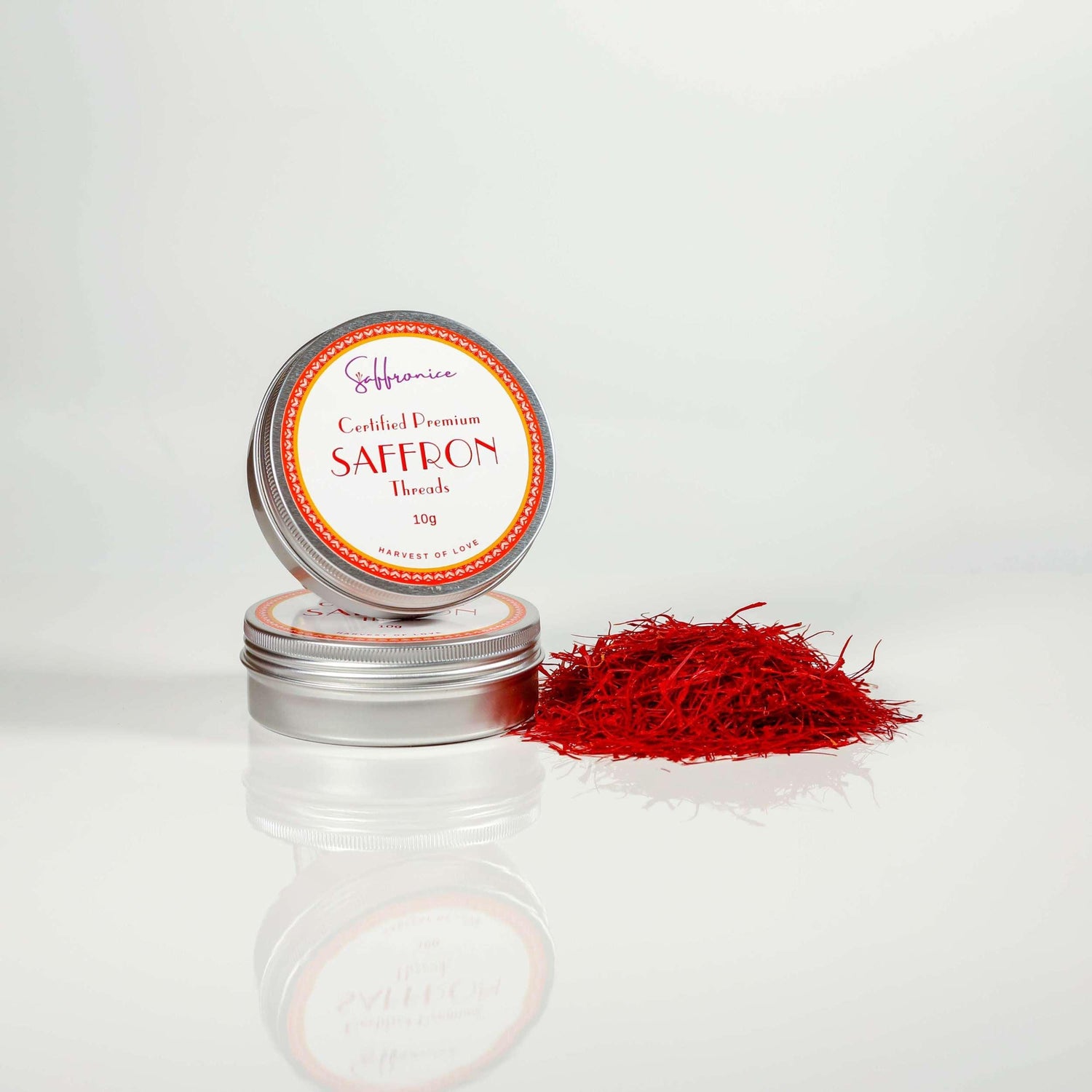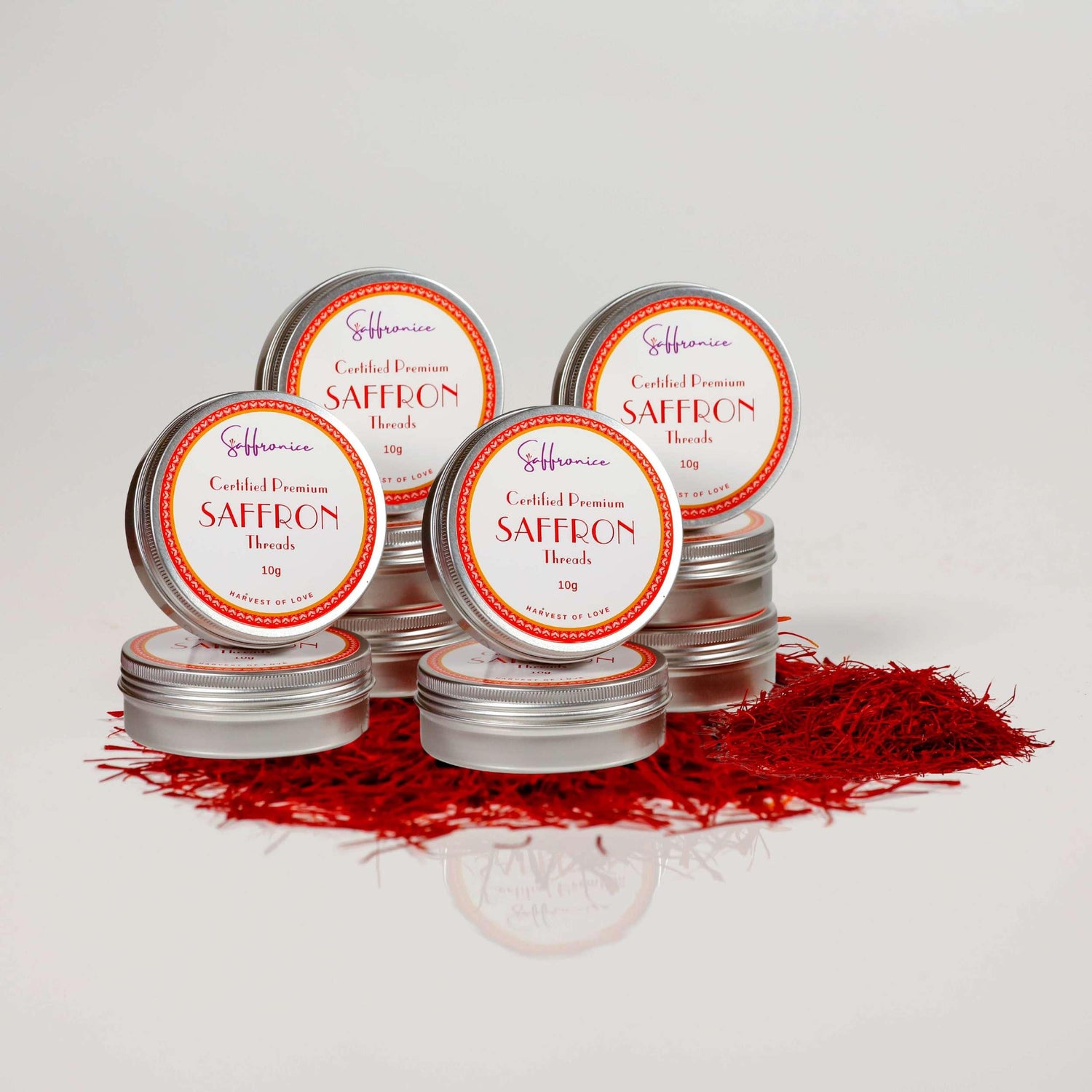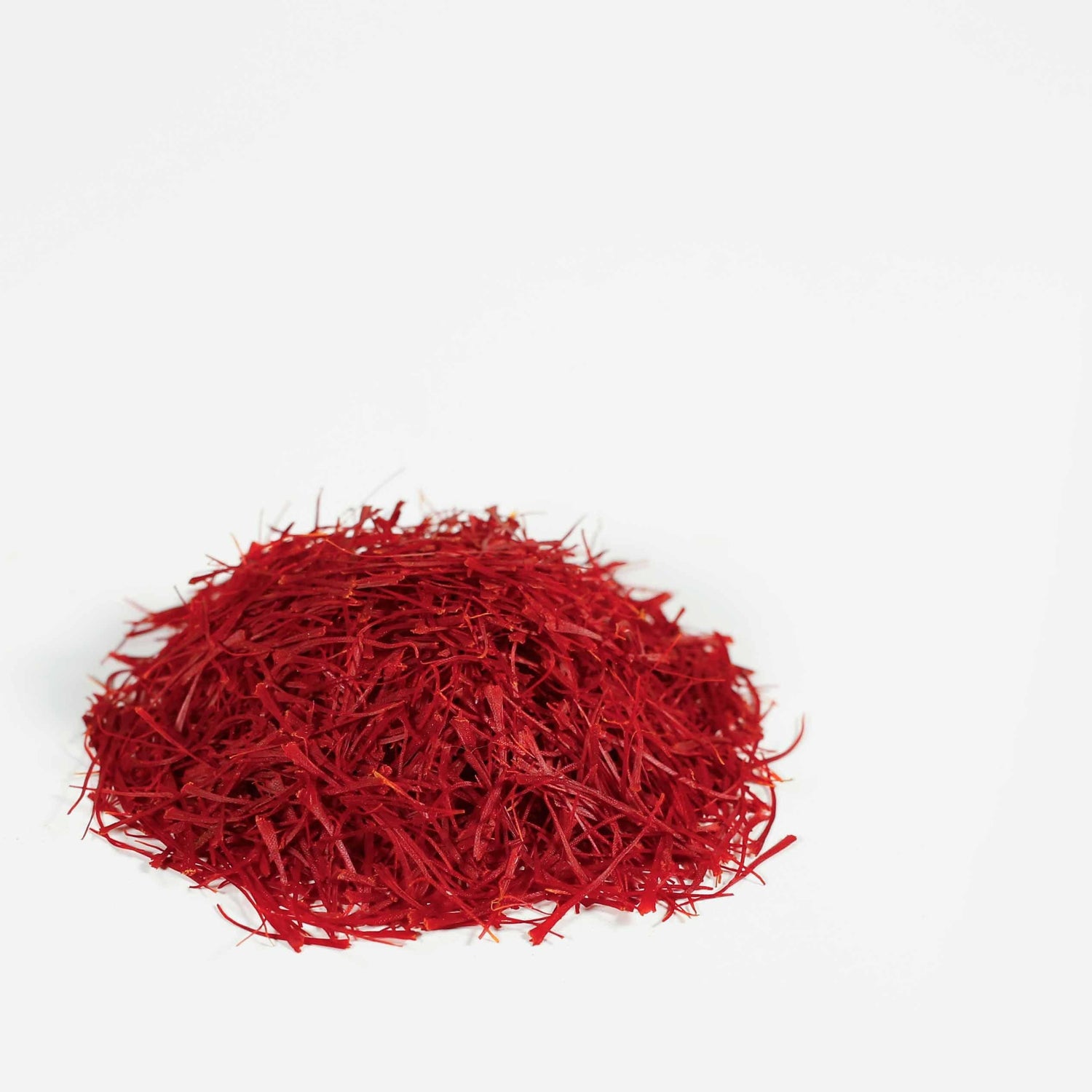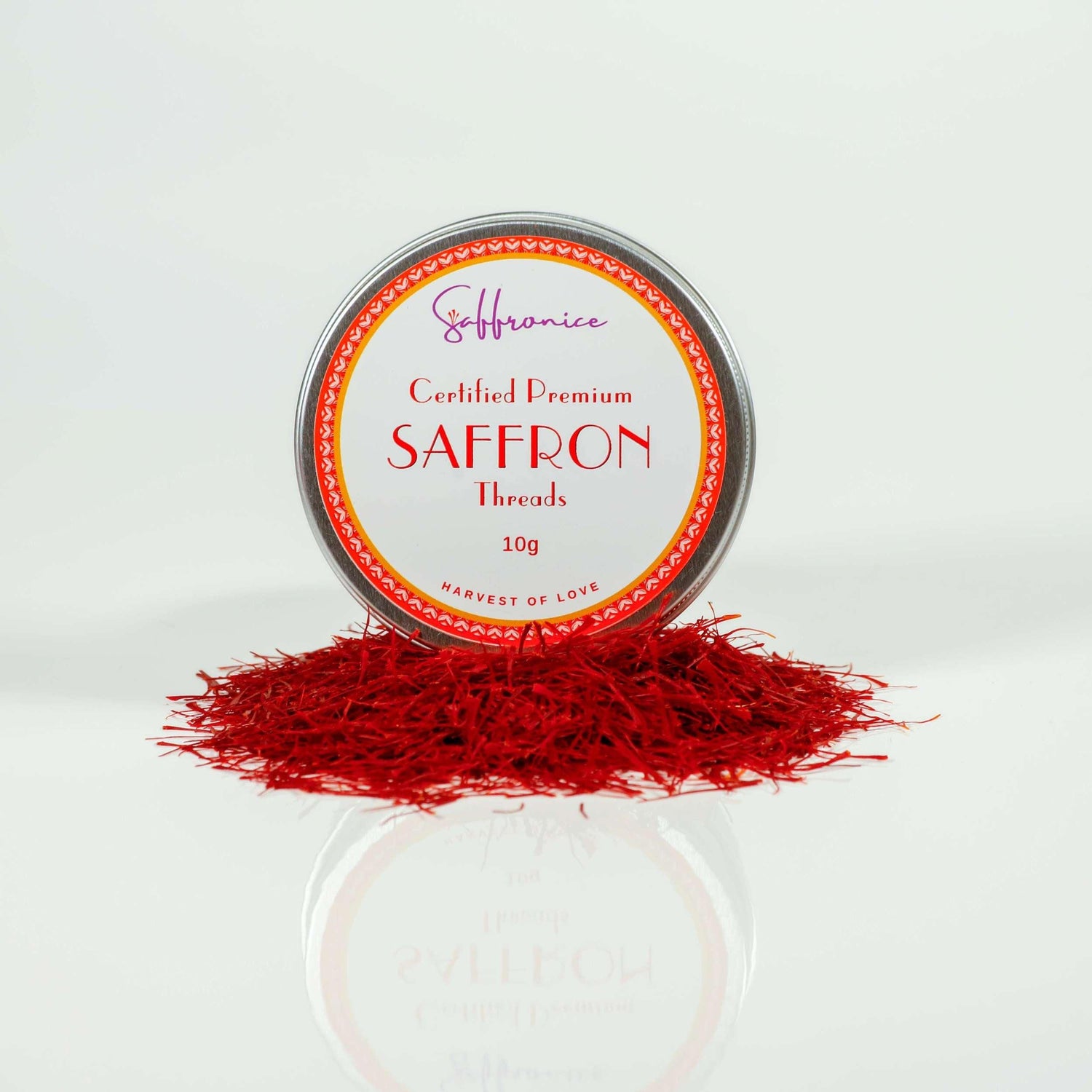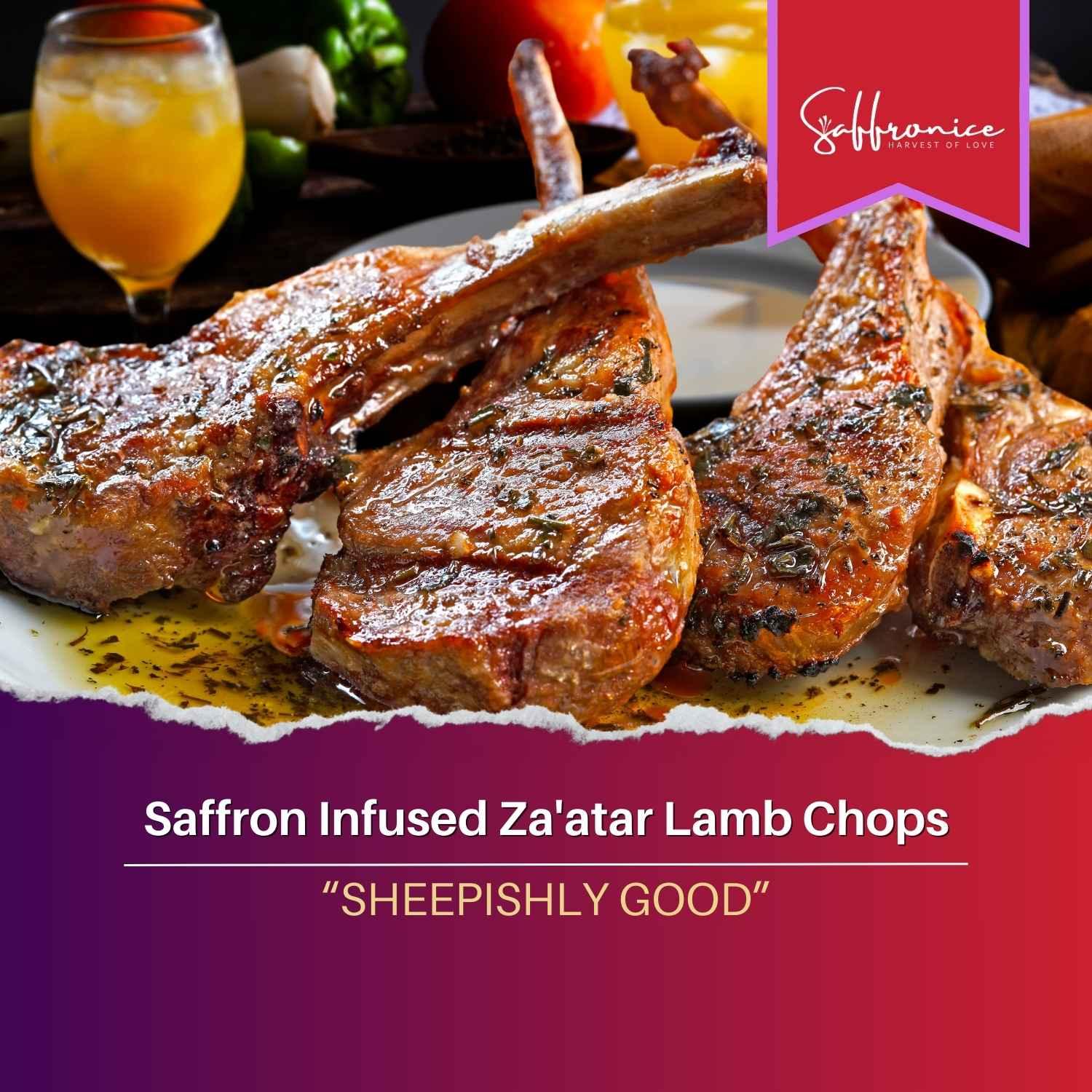
Saffron Za'atar Lamb Chops Recipe - Pomegranate Twist
Explore the richness of Middle Eastern cuisine with Saffronice's Za'atar Spiced Lamb Chops. Infused with exotic saffron and a pomegranate reduction, this dish is a feast for the senses.

Originally saffron comes from the Middle East, Asia and the Mediterranean region. Although modern farming has attempted to grow saffron in countries like Australia and America, they have not had much success, most likely due to the fact that the soil, water and air in these climates is simply too different from the areas in which the plant originally evolved. The best region for growing saffron is the Khorasan region in the north-west of Iran. Currently, this region produces close to 90% of all Saffron used in the world.
Our saffron comes from the Khorasan region of Iran, in the northeast of the country. This region produces 90% of the saffron used around the world and has been considered to produce the best quality saffron for the past 3000 years due to its climate, water and soil quality. We source our saffron directly from our farm, so there is no middleman, warehousing or additional costs involved. What you buy from us has been plucked from the flowers in the same season.
Yes, our saffron has been and will always be non-GMO, organic, chemical-free and traditionally grown, harvested, dehydrated and packaged.
Thanks to 40+ years of International Sanctions, our farming practices have not changed a bit and are the same as those of generations and generations of our ancestors. Because we farm on a small scale, we can afford to farm the traditional way, which means we only use the natural desert soil and rainwater, and we never add growth chemicals to our soil or water. We pluck our saffron before sunrise when the flowers are at the peak of their potency. In large-scale farms, they cannot afford to stop plucking after the sunrise due to the amount of land they need to cover. So the quality of their saffron drops as the day goes by and the sun rises. We also dry our saffron naturally at room temperature whereas in larger farms they use machines to dehydrate the saffron because of the volume they need to produce.



